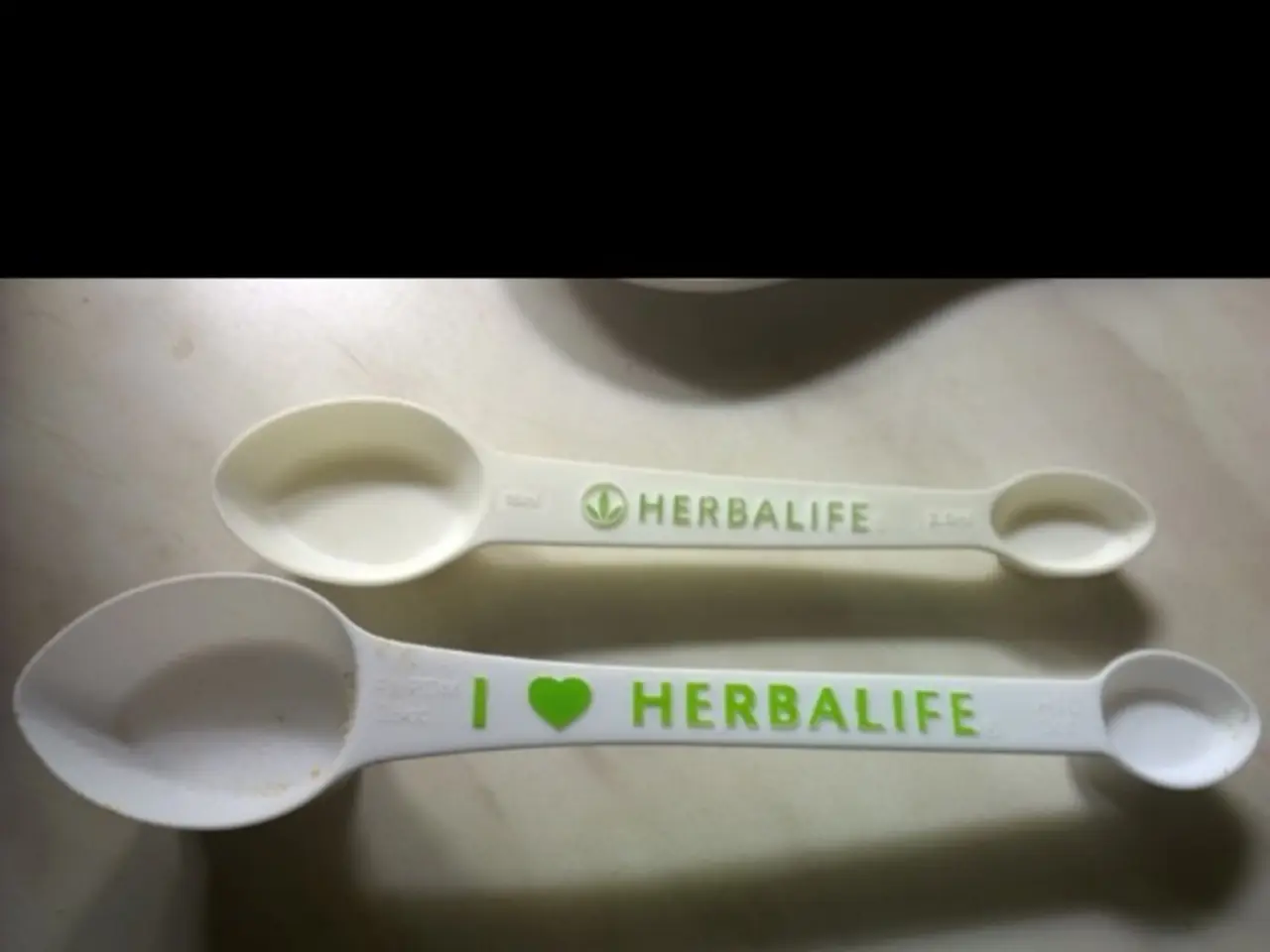Soaring costs on Ikea goods, automobiles, and medications: An examination of the impact of the EU trade agreement on your finances
The US and the European Union (EU) have reached a framework deal on tariffs, with a 15% baseline tariff rate across most European products imported into the United States [1][3][4]. This is a significant drop from the initially threatened 30% tariff rate, but it still imposes substantial costs on EU exports.
The tariffs will affect a wide range of key European industrial goods, including parts, timber, copper, steel, and aluminium [1]. In the automotive sector, the EU has agreed to a 15% tariff on vehicles imported to the US, a point of contention in previous trade tensions [3].
This tariff on a broad range of products is expected to increase their prices in the US market, making them more expensive compared to previous conditions. European exporters may face reduced competitiveness as a result, as increased costs often translate into higher retail prices [1][4].
Several European leaders have expressed concern that the tariffs could harm EU companies' ability to compete in the US market [1][4]. For consumers, this could mean higher prices for European products such as food, wine, perfume, cosmetics, and furniture [2].
In the automotive industry, getting a tune-up or necessary repairs for European cars should be done sooner rather than later to avoid higher costs. The tariff deal could lead to higher repair costs for European cars, potentially triggering a spike in car insurance premiums [5].
In the pharmaceutical sector, it's not yet clear which specific generics will be exempt from the tariffs. However, some prescription medications may see a price increase for consumers paying out of pocket [2]. Stocking up on prescription medications before prices go up could be a good idea for some consumers.
On a positive note, drug manufacturers may shift production to the United States quickly, potentially reducing the temporary price hike for consumers paying out of pocket [6]. Additionally, earning cash back on every purchase can help put some of the money from tariff price hikes back in consumers' pockets [7].
Traveling to Europe to shop for European goods might be worthwhile if you're already planning a trip, as US travelers can bring up to $800 worth of goods purchased in Europe home in their luggage duty-free [8]. However, luxury brands like Prada, Burberry, Louis Vuitton, Chanel, and others may be more willing to absorb the tariff costs due to their high profit margins [9].
The final details of the trade deal between the United States and the European Union are still being worked out [10]. As the situation develops, consumers may want to consider stocking up on European products before tariffs raise prices.
- This tariff deal on a broad range of products may lead to increased prices for personal-finance essentials like food, wine, perfume, cosmetics, and furniture.
- The tariffs could impact the cost of repairing European cars, potentially causing a spike in auto insurance premiums for vehicle owners.
- In the pharmaceutical sector, some prescription medications may see a price increase for consumers who pay out of pocket.
- The tariff on European imports will affect various business sectors, such as trading in parts, timber, copper, steel, and aluminium.
- In the education-and-self-development sphere, one may find resources on how to navigate the potential financial impacts of these tariffs on personal-finance and lifestyle.
- Technology platforms offering cashback on purchases could be useful for consumers looking to recoup some of the additional costs resulting from the tariff-induced price hikes.




